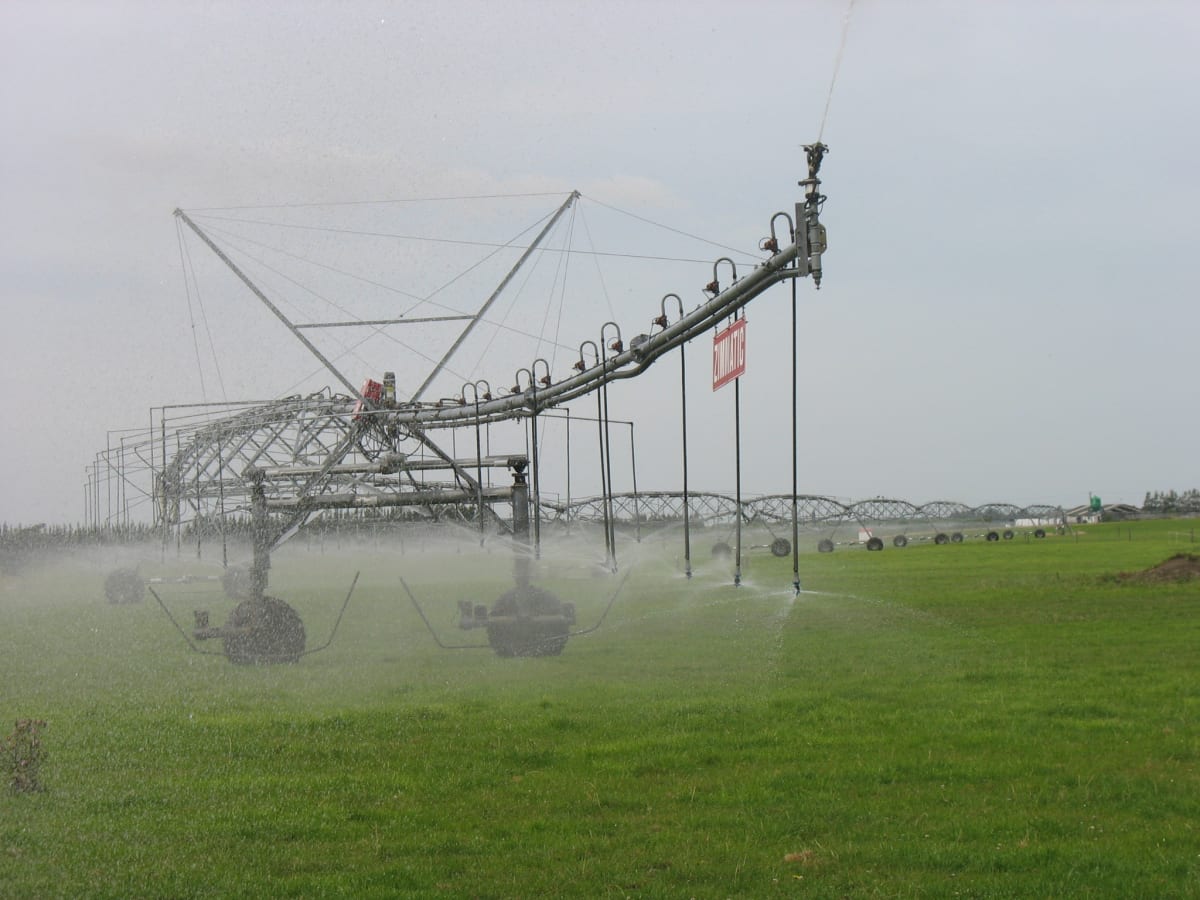Rod Oram: Saving our land from ourselves
Comment
The latest study on how we are using and abusing our urban and rural land is confronting reading. Rod Oram argues we must wise up now or suffer the consequences.
Booming markets overseas and population growth at home have been the dominant drivers of changes in our land use over many decades. But we have responded to both in suboptimal ways, intensifying the degradation of land and preparing us poorly for future use.
This is one of the main conclusions of Our Land 2021, the latest report from the Ministry for the Environment and Statistics New Zealand. The previous report in 2018, was the first comprehensive but wide ranging assessment of the state of our land and its species.
This one though, “zooms in on a single issue: how intensively we are using and managing our land. This issue emerged as the most pressing when the spatial extent and scale, magnitude of change, irreversibility, and impact on the things we value was considered,” the report says.

To make matters even worse, though, climate change is becoming another powerful factor. It will disrupt low-lying urban and rural coastal areas while changing farming patterns, potentially both positively and negatively.
“The choices we make for where we build, what we grow for ourselves, and what we export are creating tensions for the best use of available land. Climate change and a growing population are only going to make future choices more difficult,” Secretary for the Environment Vicky Robertson said, in the release of the report.
Yet, climate change also provides opportunities to us. If we transform our economy to a zero emissions one over the next three decades, we will do so by, for example, increasing the density of urban living to help reduce transport emissions, which in turn will reduce the loss of good farming land to urban development. By changing farming systems to reduce their greenhouse gas emissions and to adapt to climate change, we will in turn improve the diversity and resilience of land used for farming.
I discussed the urban climate transformation imperatives in this Newsroom column; and the agriculture ones in this column.
Start your day with
a curation of our top
stories in your inbox
Start your day with a curation of
our top stories in your inbox
Moreover, the report shows how the health of our land impacts on the health of our rivers, lakes, oceans, air, indigenous biodiversity, climate – and our own wellbeing.
But to achieve these essential outcomes, we need a much better understanding of how many complex factors, human and natural, interact. These include economic, demographic, governance (local and global), technological and cultural.
“Despite our daily interactions with land, we have an incomplete picture of the processes that shape the landscape and the consequences of our activities on land. This limits our ability to achieve the best outcomes for ourselves and the environment,” the report says.
One of our key deficiencies is the lack of long-term monitoring of environmental process and systems, as the Parliamentary Commissioner for the Environment identified in a 2019 report. Such studies can show, for example, the effects of socioeconomic drivers and climate change.
Overseas, long-term ecological studies and trials have contributed to knowledge about how agricultural and natural ecosystems function, and how our actions affect the environment. A lot more work on New Zealand-specific environments is needed, the report says.
Human activity accounts for half our land use, excluding rivers and lakes. Of that, 40 percent is covered by exotic grasses for pastoral farming, 8 percent by exotic plantation forests, 2 percent for crops and horticulture and 1 percent for urban development. The other half of our land is covered by native plants.
The land used for agriculture and horticulture declined by 1.88m hectares, 14 percent, from 2002 to 2019; and the number of farms declined by 19,980 farms (29 percent). Yet primary sector export revenues (excluding seafood) rose from $23 billion in 2010 to $44 b in 2019 because of booming export markets.
But meeting this increase in overseas demand caused big changes in farming. Dairy cattle numbers have more than doubled since the 1980s from 3 million to 7 m in 2015, but declining to around 6m in 2019. A large proportion of the land for increased dairying came from former sheep and beef farms.

The use of irrigation, especially on land used for dairy farming, has nearly doubled since 2002. In 2019, 5 percent (735,073 hectares) of our agricultural land was irrigated, with dairy farming making up 58 percent of irrigated agricultural land in 2019.
The sale of nitrogen fertiliser increased sharply from 62,000 to 452,000 tonnes per year between 1991 and 2019. Total nitrogen levels were within the target range for more than 72 percent of sites for dairy, drystock farming, and forestry.
But “many rivers are polluted with excess nitrogen. The total nitrogen target range therefore does not appear to adequately capture the issues around its use and environmental impacts. While more nitrogen is considered to be better for agriculture (to enhance plant growth, crop yield, and production), less nitrogen is better for environmental outcomes like freshwater quality,” the report says.
An even bigger blind spot is soil health. “The soil quality indicators may not fully capture the environmental impacts of intensive land use on the wider environment,” the report says.
“Also, the concept of soil quality focuses on its intended use rather than the broader concept of soil health. Soil health is a soil’s ongoing capacity to function as a living ecosystem that sustains plant, animal, and human health.
“We also lack a full understanding of how soil health and biodiversity are affected by land use and intensification. A major knowledge gap in New Zealand and globally is understanding soil biodiversity, how it affects the quality of soil, and how ecosystems function.”
Moreover, only about 15 percent of our soils meet the criteria of being the most versatile and richest. But some 54 percent of that land became unavailable for agriculture between 2002 and 2019 because of loss to lifestyle blocks or to urban development.
“A large proportion of highly versatile land nationally could be developed into urban zones in the next 50–100 years if current urbanisation trends continue,” the report says.
In just the Auckland region, a 2019 calculation showed that current and future development of farm land for housing and lifestyle blocks would consume 34 percent of class 1 land, 38 percent of class 2 land and 19 percent of class 3 land in the region.
The analysis in the report is damning. It shows that the way we use land in urban and rural New Zealand is utterly unsustainable. If we continue on our current course we will do irreparable damage to our ecosystems, our economy and our society.
Yet the report also shows us a way forward. If we respond responsibly to the climate crisis, we will restore the health of our environment and our relationship with it.
That’s yet another reason why the climate goals, pathways and policies we as a nation set ourselves this year will determine our future for decades to come. If we act boldly and effectively, we will thrive. But if we shirk our responsibilities, we’ll suffer.





